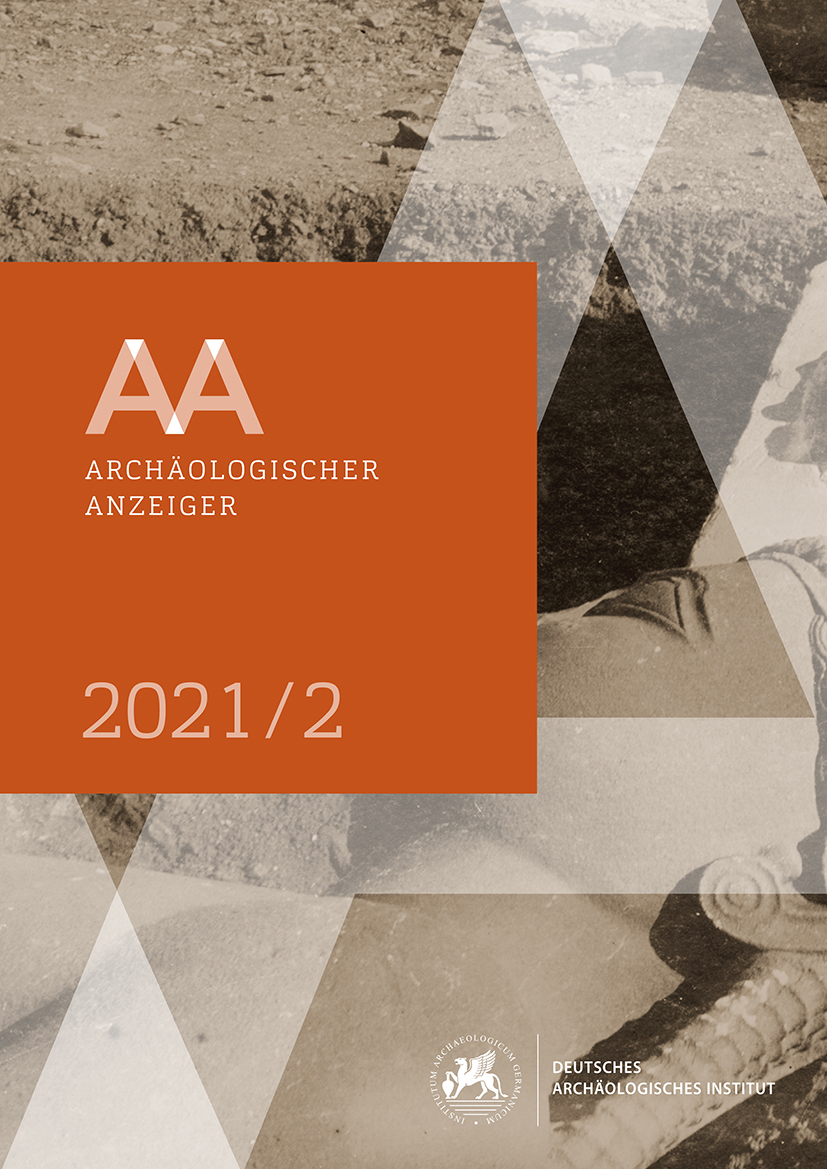Henchir Bourgou (Djerba, Tunesien)
Stratigraphie und Fundvorlage einer Sondage im Zentrum der antiken Siedlung (8. Jh. v. Chr. – 2. Jh. n. Chr.)
https://doi.org/10.34780/f05j-59fd
Abstract
The ancient settlement of Henchir Bourgou/Djerba (Tunisia) has been the focus of joint research by the Tunisian Institut National du Patrimoine (INP) and the German Archaeological Institute (DAI) since 2017. The article summarizes the results of a first sondage in the centre of the settlement area. The sequence of layers and the building features from the first settlement phases in the 8th century B.C. to the last traces of intensive occupation at the highest point of the settlement area in the last half of the 2nd century A.D., together with the find pottery and accompanying scientific investigations, provide a first overview of the settlement and economic history of Henchir Bourgou.


